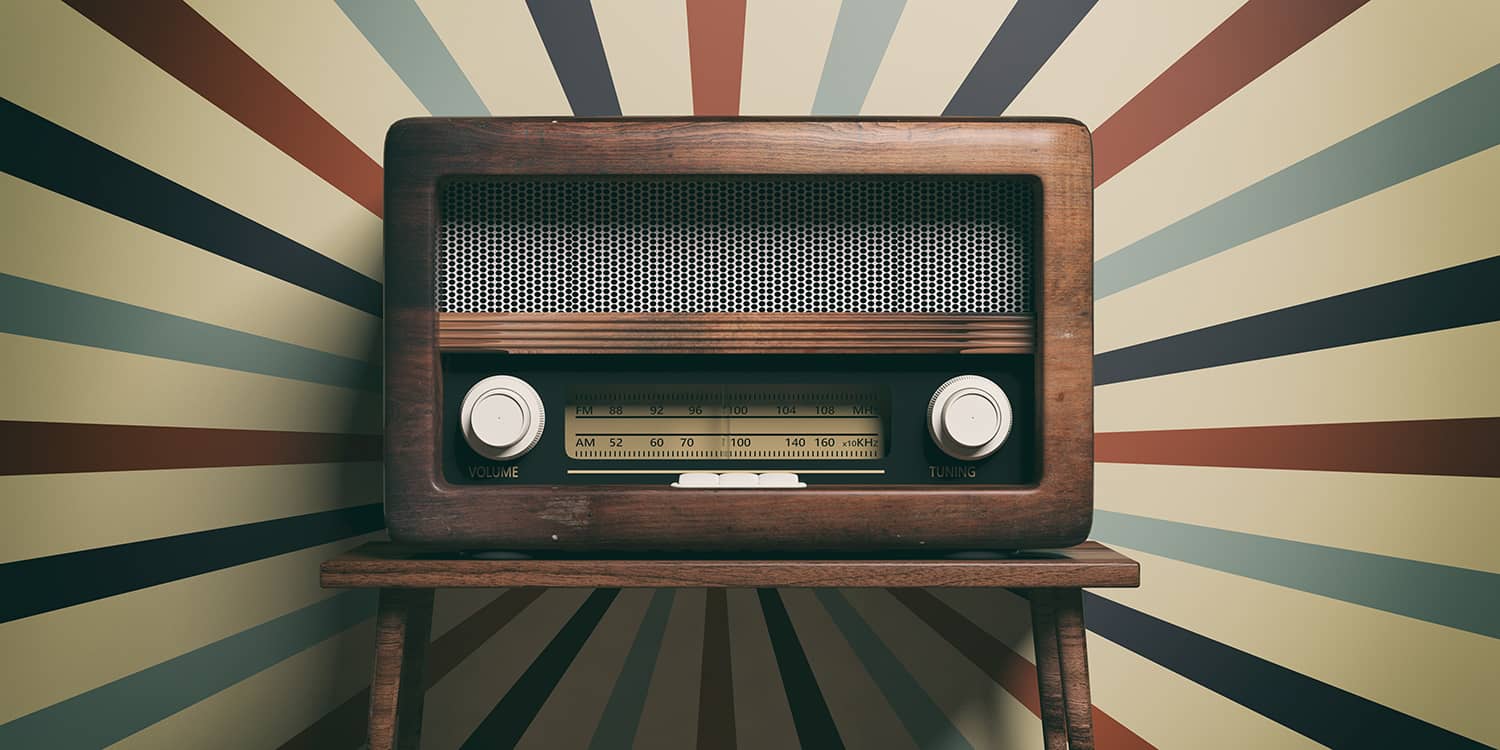
Let’s take a trip back through time. Imagine rewinding the clock not just a century or two but roughly 500 years, to Shakespeare’s era. Picture yourself in London, England where the narrow cobbled streets are packed with people. Over the noise of the crowds, you hear music. There, on the street corner, a band of minstrels play their tune. It’s a lively song that’s easy to hum along to. Something about how the local butcher, who just happens to be down the street, sells the finest cuts in the city.
This, my friends, is one of the earliest jingles in history.
Jingles go back to at least the 16th century, when wandering bands of musicians played in the streets, hoping to entice a few coins out of their audience. But that wasn’t enough to live off, so these musicians often had a patron. For instance, the local banker, butcher or baker, would pay for their expenses. In exchange, the minstrels would play songs advertising their patron’s business.
Now, let’s step forward through time, to Christmas Eve in 1926. If you lived in Minneapolis, you’d turn on the radio and hear the jolly strains of a song claiming that Wheaties, a General Mills cereal, was “the best breakfast food in the land”. This catchy tune, sung by a quartet, became the first official jingle to hit the radiowaves and revolutionized the advertising world.
You have to understand two things about the Wheaties commercial to appreciate its historic significance. First off, there were industry regulations in place in 1926 which prevented companies from directly advertising their products on the radio. But, those regulations never said anything about singing to announce a product. The Wheaties jingle exploited that loophole, allowing General Mills to successfully endorse their cereal.
Second, the Wheaties jingle rescued the brand overnight. Wheaties had been struggling to make sales and it was projected General Mills would cease production of the cereal by 1929. However, when that jingle aired in Minneapolis and St. Paul on Christmas Eve, sales for Wheaties in the local area soared soon after. Of 53,000 cases of Wheaties sold in 1926, 40,000 were bought in the Twin Cities alone. For General Mills it was a no-brainer. The jingle was a smashing success and they began to air it nationwide, revitalizing the Wheaties brand for good.
This single jingle opened the door for other companies to employ the use of their own catchy tunes. As we move forward in time now, through the 1930’s and ‘40’s, jingles flourished on the radio, hitting a crescendo in the ‘50’s when they were used to advertise a plethora of goods, including candy, soda, cars, household cleaners and even beer. Jingles were woven in the fabric of everyday life, filling the airwaves with their bouncy, uplifting notes.
Let’s take a few more steps ahead, into the 1960’s and ‘70’s, as jingles moved effortlessly from radio to TV. A result of this shift gave rise to what is known as the “singing commercial”, basically a long-form jingle.
As we return to the present day, jingles now exist in an exciting world of infinite possibilities. We can reach whole new audiences through internet radio and streaming video services. Plus, traditional radio is also going strong in America, with 92% of the population still tuning in. With such an extensive audience, jingles are definitely not going anywhere.
If you’re looking for an experienced partner who has their own history in the jingle biz, look no further than Dicky Dog productions. With decades of knowledge, we’ll break through all the noise of your competitors, reaching your audience to increase sales and build instant brand recognition. We’ll have people singing your businesses’ name or slogan in no time. Not convinced yet? Check out our extensive portfolio or contact us for a FREE estimate today!
